Apr 26, 2015
Apr 25, 2015
Apr 16, 2015
Apr 9, 2015
Durga Mandir in Ramnagar in Varanasi - Samuel Bourne 1863
Posted by
Old Indian Photos
at
1:17 AM
Labels:
1860s,
Architecture,
Bourne and Shepherd,
Temple,
Varanasi
Relief work during the great famine in South India (1876-78)
This photograph is contributed by scancorner.com, a scanning and photo digitization company.
+91 9949241933
Apr 3, 2015
Calcutta ( Kolkata ) 1945: An American Military Photograph Album - Part 9
 After a couple of years in India, the bizarre aspects of street life become commonplace to the average soldier, as evidenced by the scant notice given the passing snake-walla by the GI at right bargaining for a shine from one of he city's hundreds of bootblacks. The New American Kitchen is a popular Chinese restaurant, owned by a Portuguese, and serves up a steak of chop suey before you can say "Teek hai".
After a couple of years in India, the bizarre aspects of street life become commonplace to the average soldier, as evidenced by the scant notice given the passing snake-walla by the GI at right bargaining for a shine from one of he city's hundreds of bootblacks. The New American Kitchen is a popular Chinese restaurant, owned by a Portuguese, and serves up a steak of chop suey before you can say "Teek hai". Probably the largest market in the East is the New Market. Convering several blocks in the downtown area,the 2,000 stalls offer most anything you could ask for, wartime shortages excepted. In addition to all the items appealing to the local and tourist trade, the market contains giant food departments.
Probably the largest market in the East is the New Market. Convering several blocks in the downtown area,the 2,000 stalls offer most anything you could ask for, wartime shortages excepted. In addition to all the items appealing to the local and tourist trade, the market contains giant food departments. The GI tourist here ponders the purchase of a 'rare gem'---a typical camera study of life on Chowringhee during the war. Firpo's famous restaurant is in the background, and dhoti-clad Indians and a British officer in shorts lend a bit of atmosphere.
The GI tourist here ponders the purchase of a 'rare gem'---a typical camera study of life on Chowringhee during the war. Firpo's famous restaurant is in the background, and dhoti-clad Indians and a British officer in shorts lend a bit of atmosphere. A couple of GI's consider the pucrhasse of trinkets for the girl friend, harassed by the ever-presetn plea for "Baksheesh, Sahib", "You American Rajah", "No food, no money, no poppa".
A couple of GI's consider the pucrhasse of trinkets for the girl friend, harassed by the ever-presetn plea for "Baksheesh, Sahib", "You American Rajah", "No food, no money, no poppa". Brassware and Gurkha knives are two of the most popular souvenir purchases made by soldiers. Bargaining is the rule and only the sucker pays the fist price asked. The New Market is alive with stalls like this.
Brassware and Gurkha knives are two of the most popular souvenir purchases made by soldiers. Bargaining is the rule and only the sucker pays the fist price asked. The New Market is alive with stalls like this.Source: www.library.upenn.edu
Calcutta ( Kolkata ) 1945: An American Military Photograph Album - Part 8
Part 1 | Part 2 | Part 3 | Part 4 | Part 5 | Part 6 | Part 7 | Part 8 | Part 9
 The Calcutta counterpart of the American railroad magazine stand. Available are canes, suitcases, soda water, shopping bags, cigarettes and a hundred other items peculiar to the Indian taste.
The Calcutta counterpart of the American railroad magazine stand. Available are canes, suitcases, soda water, shopping bags, cigarettes and a hundred other items peculiar to the Indian taste.
 An Indian family sweat out a train. Cooking vessels, clothes and bedding are surrounded by this group which is distinguished by the presence of one of India's wandering holy men, (at right with painted brow).
An Indian family sweat out a train. Cooking vessels, clothes and bedding are surrounded by this group which is distinguished by the presence of one of India's wandering holy men, (at right with painted brow).
 Indians seem to be great travelers. Wartime transportation priorities have forced many wary travelers to remain in stations waiting for long periods. Because of no other means, many must set up house- keeping during the long vigil, cooking their food on the spot and sleeping on the bare floor.
Indians seem to be great travelers. Wartime transportation priorities have forced many wary travelers to remain in stations waiting for long periods. Because of no other means, many must set up house- keeping during the long vigil, cooking their food on the spot and sleeping on the bare floor.
 Sacred cattle and coolies push and pull great carts to the loading platform of the Howrah railroad
Sacred cattle and coolies push and pull great carts to the loading platform of the Howrah railroad

GI dock workers of the Port companies created order out of chaos at Calcutta's great docks and thousands of tons of vital war supplies flowed through to china, Burma and India. The MP is on hand to see that the coolies do not pilfer from the rations they are carrying.
Source: www.library.upenn.edu
 The Calcutta counterpart of the American railroad magazine stand. Available are canes, suitcases, soda water, shopping bags, cigarettes and a hundred other items peculiar to the Indian taste.
The Calcutta counterpart of the American railroad magazine stand. Available are canes, suitcases, soda water, shopping bags, cigarettes and a hundred other items peculiar to the Indian taste. An Indian family sweat out a train. Cooking vessels, clothes and bedding are surrounded by this group which is distinguished by the presence of one of India's wandering holy men, (at right with painted brow).
An Indian family sweat out a train. Cooking vessels, clothes and bedding are surrounded by this group which is distinguished by the presence of one of India's wandering holy men, (at right with painted brow). Indians seem to be great travelers. Wartime transportation priorities have forced many wary travelers to remain in stations waiting for long periods. Because of no other means, many must set up house- keeping during the long vigil, cooking their food on the spot and sleeping on the bare floor.
Indians seem to be great travelers. Wartime transportation priorities have forced many wary travelers to remain in stations waiting for long periods. Because of no other means, many must set up house- keeping during the long vigil, cooking their food on the spot and sleeping on the bare floor. Sacred cattle and coolies push and pull great carts to the loading platform of the Howrah railroad
Sacred cattle and coolies push and pull great carts to the loading platform of the Howrah railroad
station in background, on of the city's two stations. Howrah is on the west bank of the river, and Sealdah,the other station, is in another section of Calcutta on the east side.

GI dock workers of the Port companies created order out of chaos at Calcutta's great docks and thousands of tons of vital war supplies flowed through to china, Burma and India. The MP is on hand to see that the coolies do not pilfer from the rations they are carrying.
Source: www.library.upenn.edu
Calcutta ( Kolkata ) 1945: An American Military Photograph Album - Part 7
Part 1 | Part 2 | Part 3 | Part 4 | Part 5 | Part 6 | Part 7 | Part 8 | Part 9
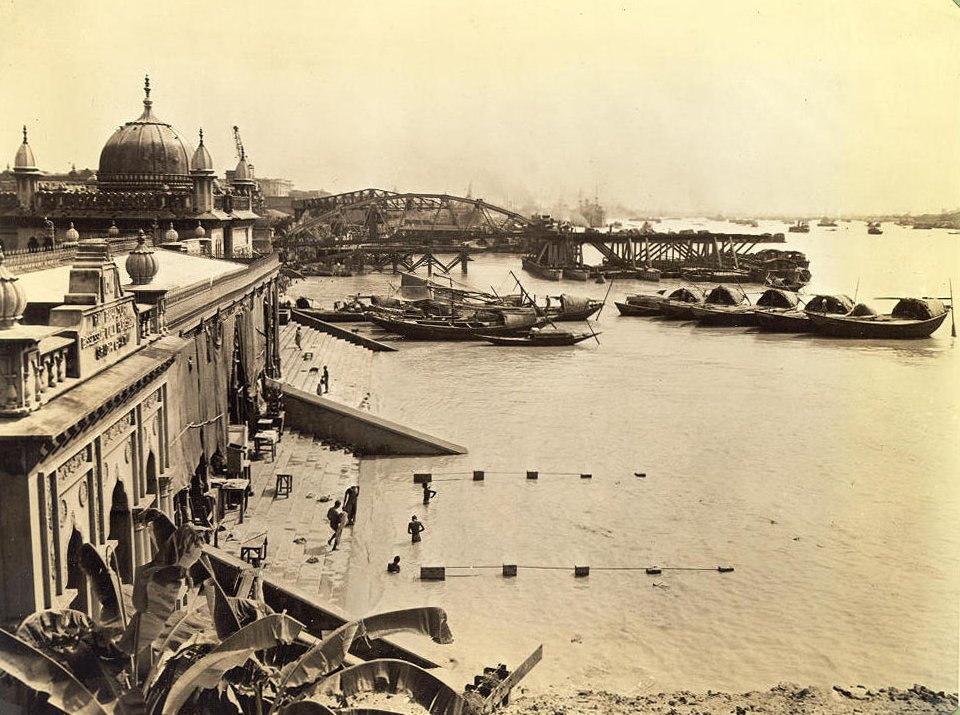 The Hooghly river is lined with bathing ghats likke the one shown here. The troop transports in the background seem out of place in the old-world atmosphere created by the temple at left and the sampans at anchor.
The Hooghly river is lined with bathing ghats likke the one shown here. The troop transports in the background seem out of place in the old-world atmosphere created by the temple at left and the sampans at anchor.
 Street scene outside the Calcutta stock exchange. The noise is similar to the bedlam in all word exchange and many transactions (unofficial) take place in the street as shown here.
Street scene outside the Calcutta stock exchange. The noise is similar to the bedlam in all word exchange and many transactions (unofficial) take place in the street as shown here.
 Calcutta boasts the third largest cantielver bridge in the world. Its real importance, however, lies in the fact that it serves as Calcutta's gateway to the wese, being the city's only bridge spanning the Hooghly.Taking 7 years to build, it cost $10,000,000. It towers 310 feet as the city's highes structure, is 2,150 feet long with a center span of 1,500 feet. It was completed in 1942, opened in February, 1943.
Calcutta boasts the third largest cantielver bridge in the world. Its real importance, however, lies in the fact that it serves as Calcutta's gateway to the wese, being the city's only bridge spanning the Hooghly.Taking 7 years to build, it cost $10,000,000. It towers 310 feet as the city's highes structure, is 2,150 feet long with a center span of 1,500 feet. It was completed in 1942, opened in February, 1943.
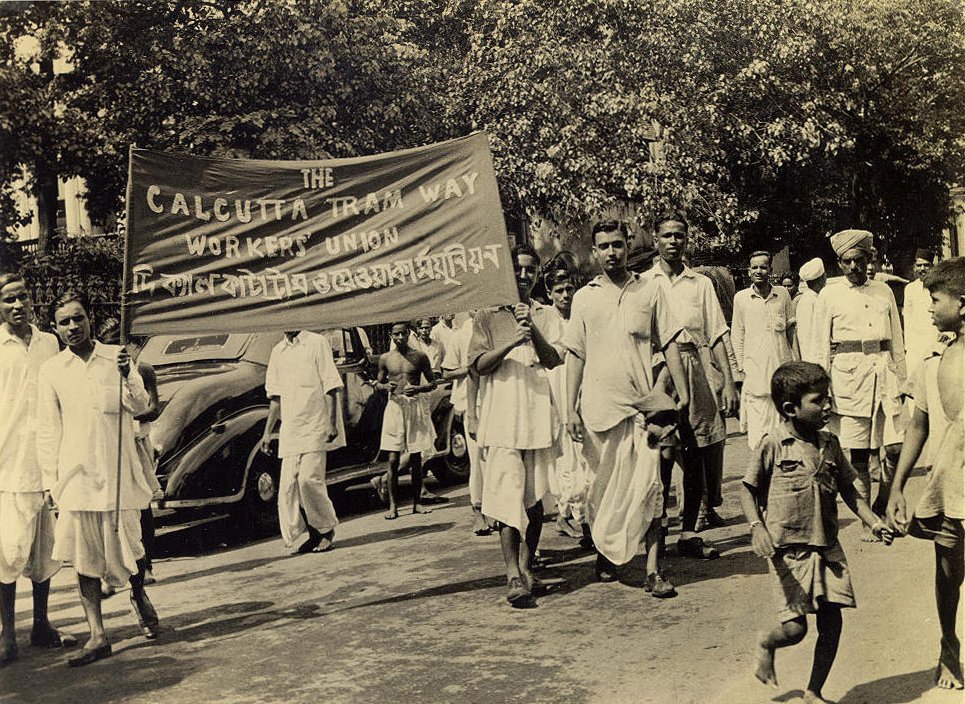 Indicative of the resumption of an age-old struggle for decent conditions is this immediate post-war picture of tram-workers on strike. The strike lasted nine days but employees won par of their demands.
Indicative of the resumption of an age-old struggle for decent conditions is this immediate post-war picture of tram-workers on strike. The strike lasted nine days but employees won par of their demands.
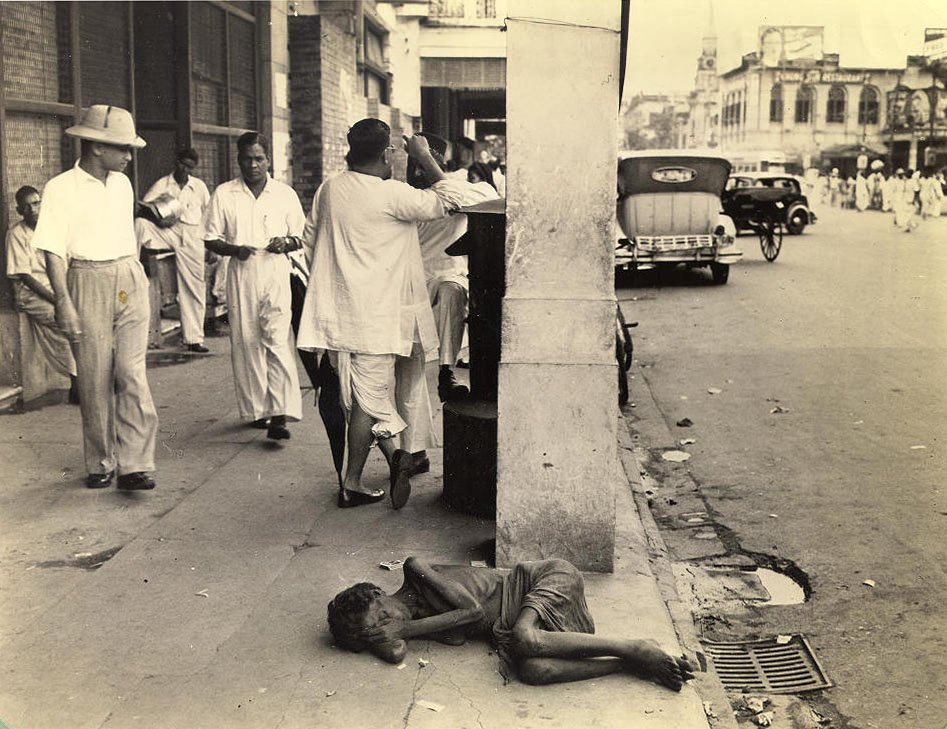 The indifference of the passerby on this downtown Calcutta street to the plight of the dying woman in the foreground is considered common. During the famine of 1943, cases like this were to be seen in most every block, and though less frequent now, the hardened public reaction seems to have endured.
The indifference of the passerby on this downtown Calcutta street to the plight of the dying woman in the foreground is considered common. During the famine of 1943, cases like this were to be seen in most every block, and though less frequent now, the hardened public reaction seems to have endured.
 The Hooghly river is lined with bathing ghats likke the one shown here. The troop transports in the background seem out of place in the old-world atmosphere created by the temple at left and the sampans at anchor.
The Hooghly river is lined with bathing ghats likke the one shown here. The troop transports in the background seem out of place in the old-world atmosphere created by the temple at left and the sampans at anchor. Street scene outside the Calcutta stock exchange. The noise is similar to the bedlam in all word exchange and many transactions (unofficial) take place in the street as shown here.
Street scene outside the Calcutta stock exchange. The noise is similar to the bedlam in all word exchange and many transactions (unofficial) take place in the street as shown here. Calcutta boasts the third largest cantielver bridge in the world. Its real importance, however, lies in the fact that it serves as Calcutta's gateway to the wese, being the city's only bridge spanning the Hooghly.Taking 7 years to build, it cost $10,000,000. It towers 310 feet as the city's highes structure, is 2,150 feet long with a center span of 1,500 feet. It was completed in 1942, opened in February, 1943.
Calcutta boasts the third largest cantielver bridge in the world. Its real importance, however, lies in the fact that it serves as Calcutta's gateway to the wese, being the city's only bridge spanning the Hooghly.Taking 7 years to build, it cost $10,000,000. It towers 310 feet as the city's highes structure, is 2,150 feet long with a center span of 1,500 feet. It was completed in 1942, opened in February, 1943. Indicative of the resumption of an age-old struggle for decent conditions is this immediate post-war picture of tram-workers on strike. The strike lasted nine days but employees won par of their demands.
Indicative of the resumption of an age-old struggle for decent conditions is this immediate post-war picture of tram-workers on strike. The strike lasted nine days but employees won par of their demands. The indifference of the passerby on this downtown Calcutta street to the plight of the dying woman in the foreground is considered common. During the famine of 1943, cases like this were to be seen in most every block, and though less frequent now, the hardened public reaction seems to have endured.
The indifference of the passerby on this downtown Calcutta street to the plight of the dying woman in the foreground is considered common. During the famine of 1943, cases like this were to be seen in most every block, and though less frequent now, the hardened public reaction seems to have endured.Calcutta ( Kolkata ) 1945: An American Military Photograph Album - Part 6
Part 1 | Part 2 | Part 3 | Part 4 | Part 5 | Part 6 | Part 7 | Part 8 | Part 9

Indian movie actresses. Dressed in Sarees, 19-year old Binota Bose, left, and Mrs. Rekha Mullick, right, are right at home before the camera and lights. Miss Bose earns $360.00 per month and Mrs. Mullick $210.00. Both are well educated and prefer American books, pictures.

India has thousands of child bries. The unfortunate young waman shown here feeding the infant from the giant coconat in foreground has been seen on Calcutta's streets day after day with he child. Her misery is more than typical thousands of India's unfortunates.
 In contrast to the magnificent palace in background, two sweating coolies strain at a load of precious firewood. The building is known as the Marble palace, contains a rich collections of paintings, lavishly furnished. it belongs to a Bengali family who are alleged to feed hundreds of poor daily.
In contrast to the magnificent palace in background, two sweating coolies strain at a load of precious firewood. The building is known as the Marble palace, contains a rich collections of paintings, lavishly furnished. it belongs to a Bengali family who are alleged to feed hundreds of poor daily.
 Calcutta's poor from a line to buy keresene at 6 a.m. Each little cubicle may contain a shop and living quarters for a family ranging possibly from 6 to 12. Sanitary facilities consist of an open street drain.
Calcutta's poor from a line to buy keresene at 6 a.m. Each little cubicle may contain a shop and living quarters for a family ranging possibly from 6 to 12. Sanitary facilities consist of an open street drain.
 Indian women, dressed in the native Saree, return from prayer at Jain Temple. Little girls wear European dress usually until the marriage age, although some mothers like to dress the little girls in Sarees.
Indian women, dressed in the native Saree, return from prayer at Jain Temple. Little girls wear European dress usually until the marriage age, although some mothers like to dress the little girls in Sarees.
Source: www.library.upenn.edu

Indian movie actresses. Dressed in Sarees, 19-year old Binota Bose, left, and Mrs. Rekha Mullick, right, are right at home before the camera and lights. Miss Bose earns $360.00 per month and Mrs. Mullick $210.00. Both are well educated and prefer American books, pictures.

India has thousands of child bries. The unfortunate young waman shown here feeding the infant from the giant coconat in foreground has been seen on Calcutta's streets day after day with he child. Her misery is more than typical thousands of India's unfortunates.
 In contrast to the magnificent palace in background, two sweating coolies strain at a load of precious firewood. The building is known as the Marble palace, contains a rich collections of paintings, lavishly furnished. it belongs to a Bengali family who are alleged to feed hundreds of poor daily.
In contrast to the magnificent palace in background, two sweating coolies strain at a load of precious firewood. The building is known as the Marble palace, contains a rich collections of paintings, lavishly furnished. it belongs to a Bengali family who are alleged to feed hundreds of poor daily. Calcutta's poor from a line to buy keresene at 6 a.m. Each little cubicle may contain a shop and living quarters for a family ranging possibly from 6 to 12. Sanitary facilities consist of an open street drain.
Calcutta's poor from a line to buy keresene at 6 a.m. Each little cubicle may contain a shop and living quarters for a family ranging possibly from 6 to 12. Sanitary facilities consist of an open street drain. Indian women, dressed in the native Saree, return from prayer at Jain Temple. Little girls wear European dress usually until the marriage age, although some mothers like to dress the little girls in Sarees.
Indian women, dressed in the native Saree, return from prayer at Jain Temple. Little girls wear European dress usually until the marriage age, although some mothers like to dress the little girls in Sarees.Source: www.library.upenn.edu
Subscribe to:
Posts (Atom)






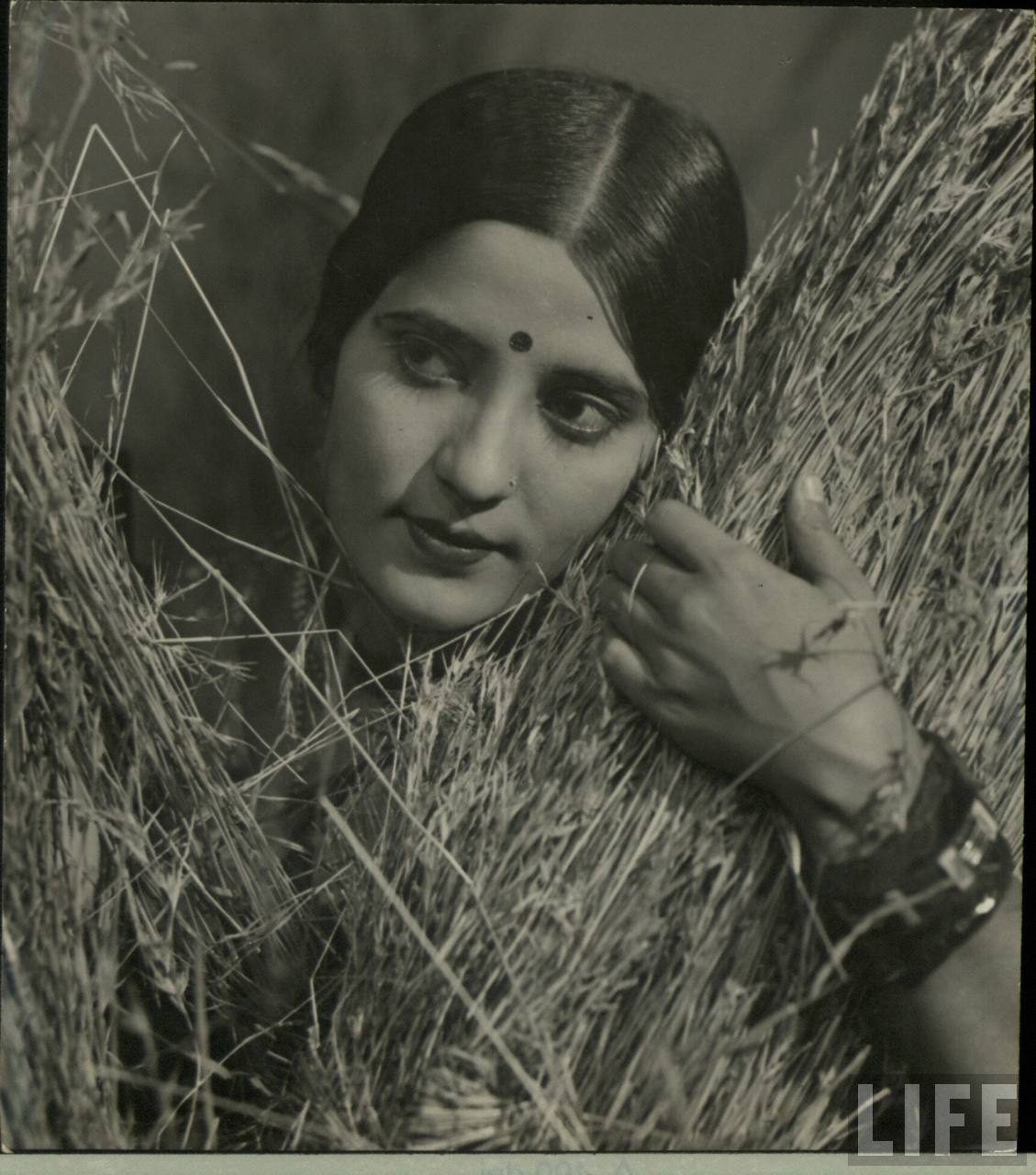






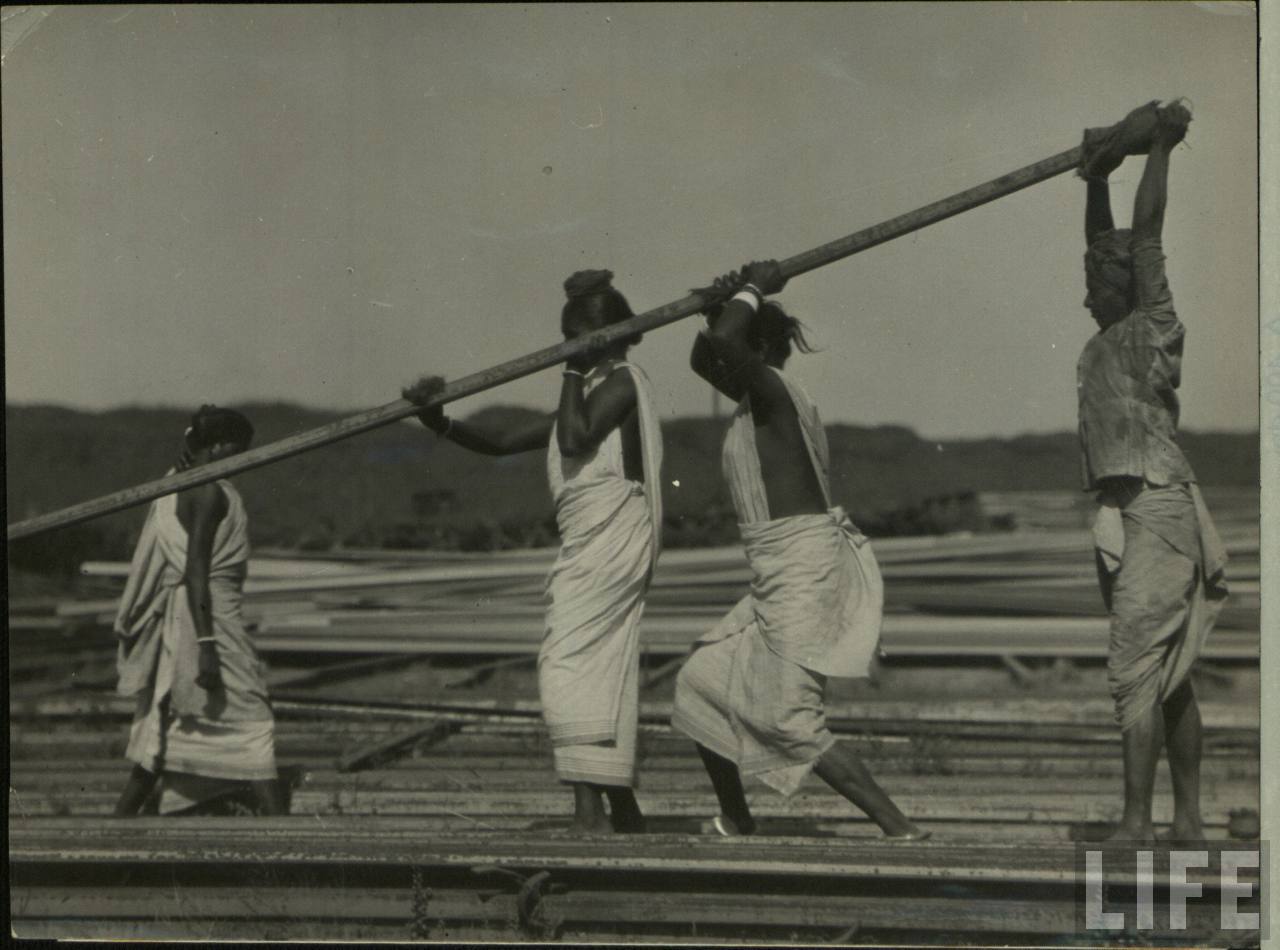


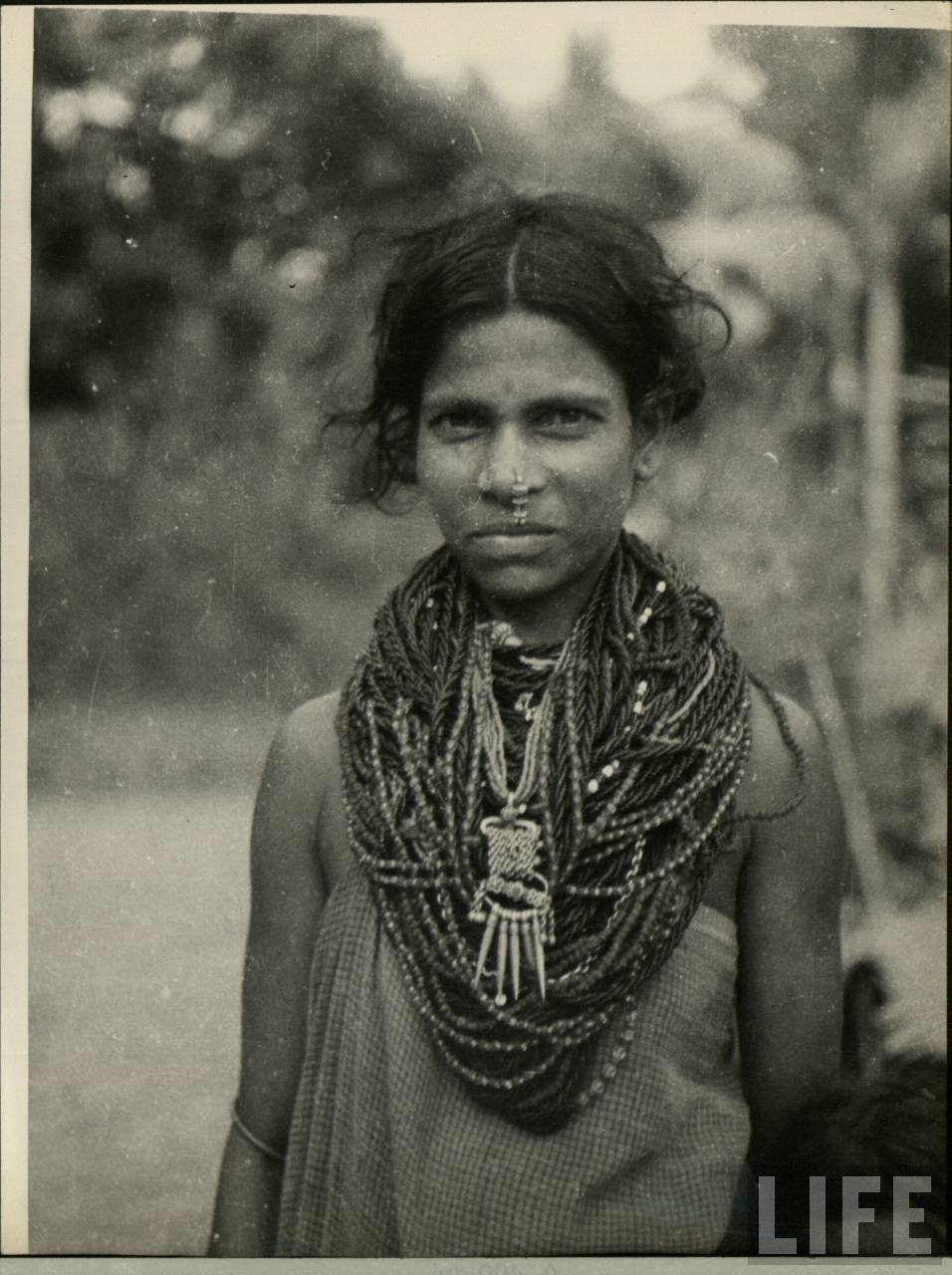




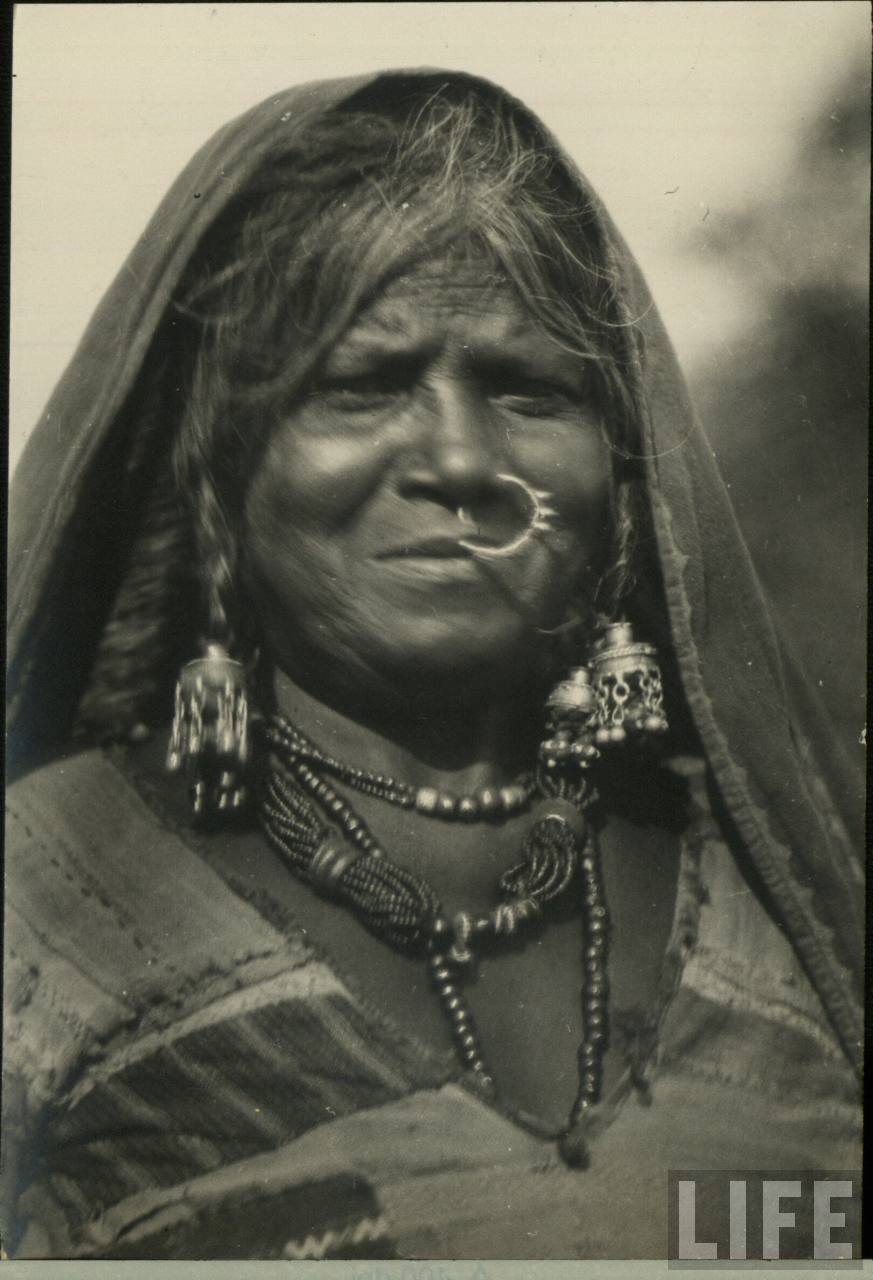

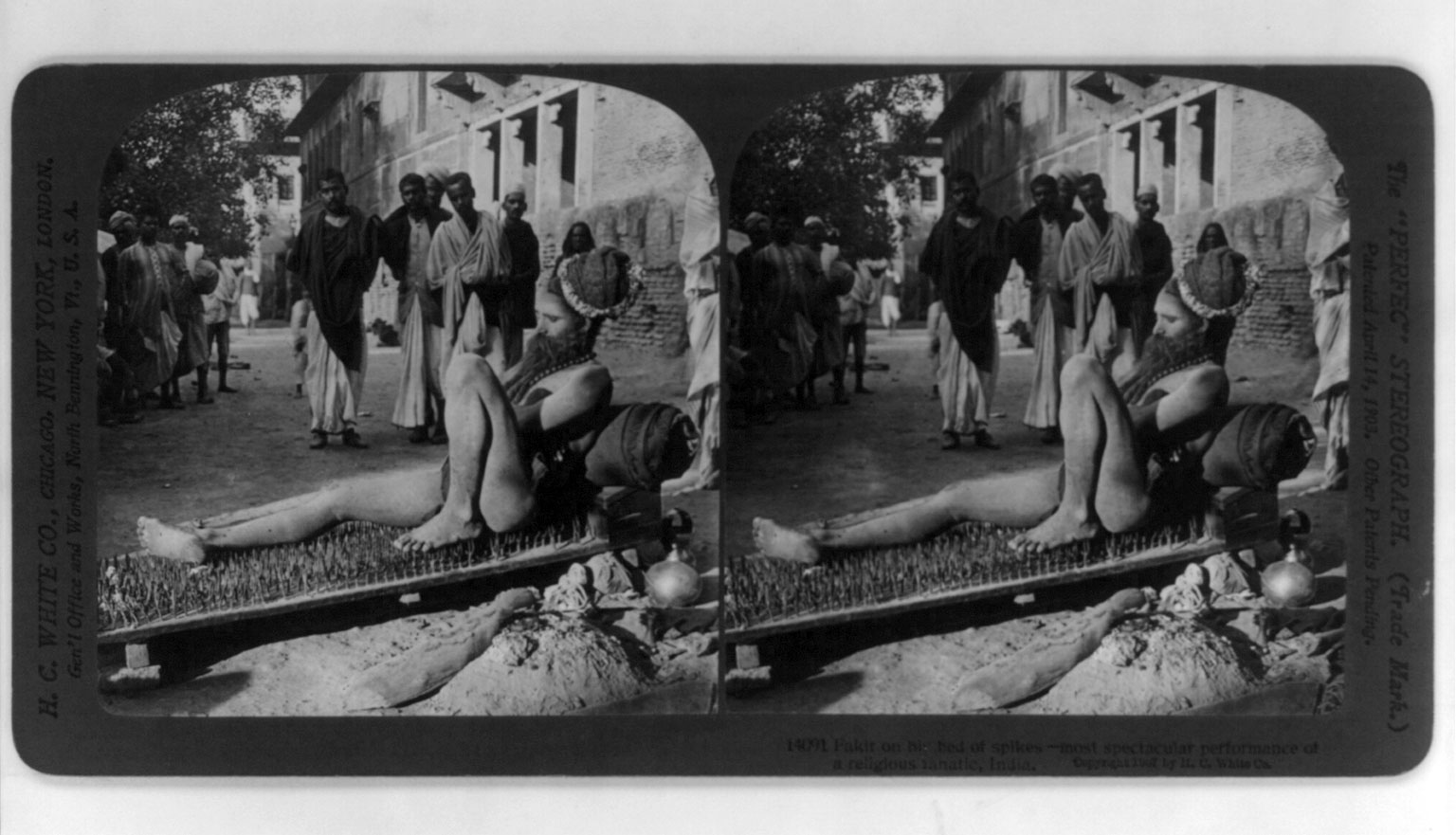










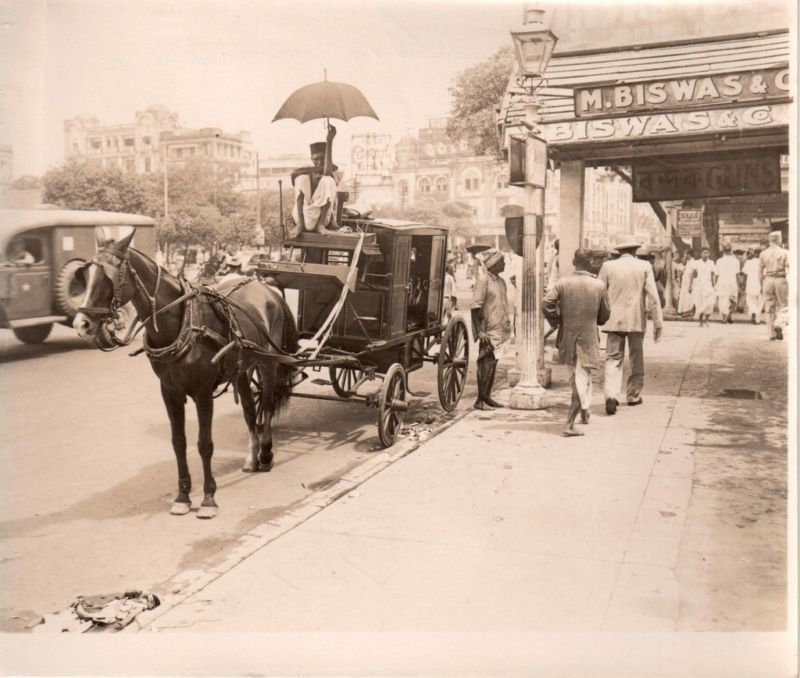
%2B-c1940's%2Bb.jpg)
%2B-c1940's.jpg)
+Street+-+1945.JPG)
